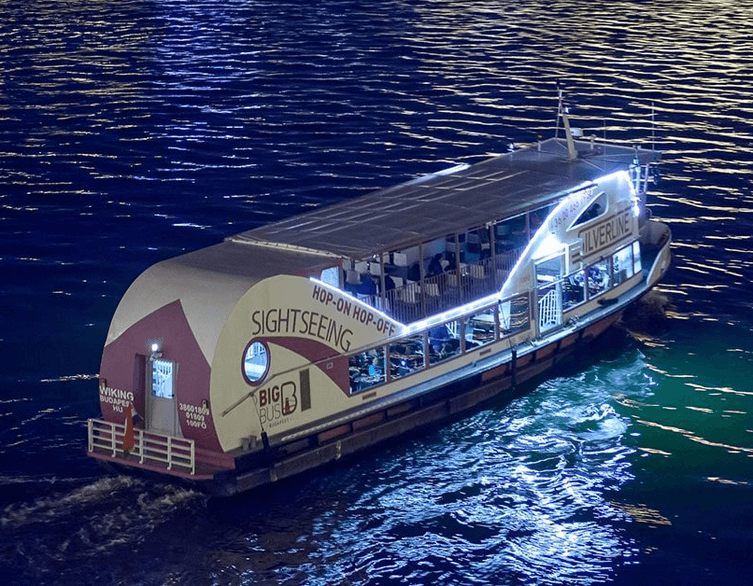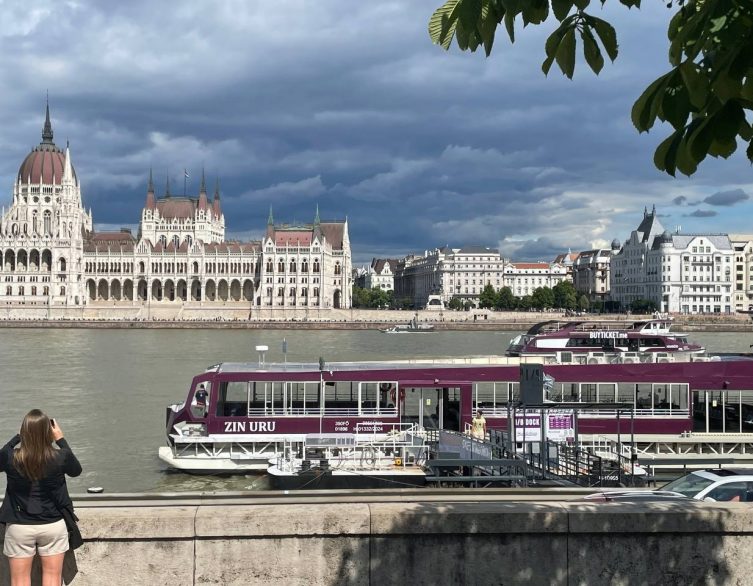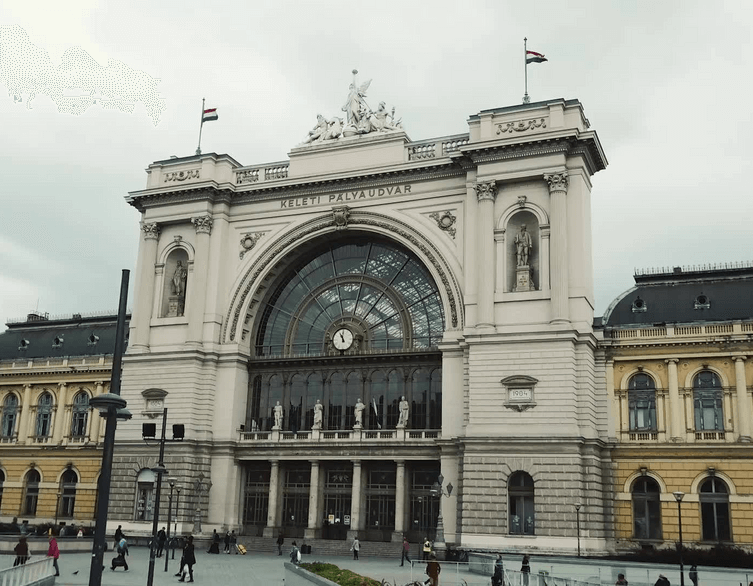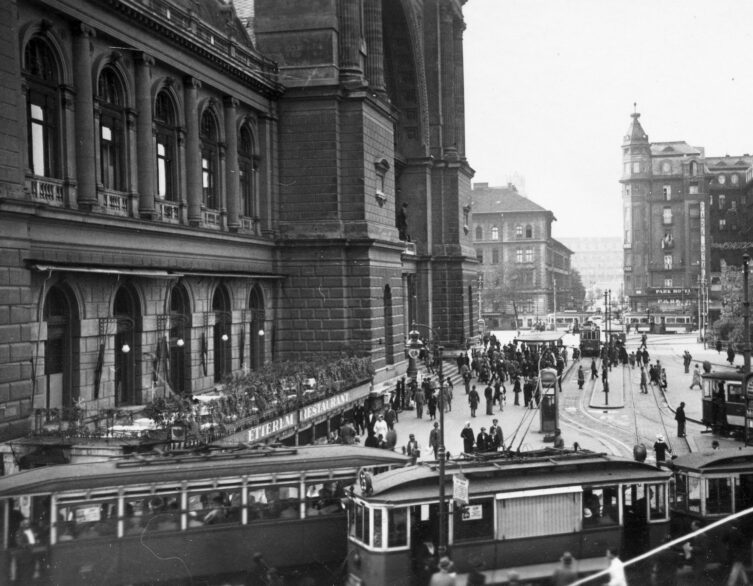Budapest’s Keleti Railway Station Closure: What Foreign Tourists Need to Know for Late Summer Travel

Budapest’s bustling travel season is about to encounter a significant change that foreign tourists should be aware of. Starting August 25, 2025, the city’s iconic Keleti Railway Station will close its doors for a comprehensive four-week renovation project, creating temporary but important disruptions to Hungary’s rail network. While this closure might initially sound concerning for visitors planning late summer or early autumn trips, understanding the alternatives and preparations can help ensure your Budapest adventure continues smoothly.
The Big Picture: Why This Closure Matters
Keleti Railway Station isn’t just any ordinary train station – it’s one of Budapest’s three main railway terminals and a crucial gateway connecting the Hungarian capital to destinations across Europe and within the country. The station serves as the primary hub for trains heading to major Hungarian cities like Győr, Pécs, Miskolc, and Békéscsaba, as well as international routes that connect Budapest to neighboring countries.
The timing of this closure is deliberate and considerate. Hungarian railway authorities chose to schedule the renovation after the peak summer vacation period, recognizing that August typically sees the highest tourist traffic. By waiting until late August, they’re minimizing the impact on the majority of summer visitors while still completing necessary infrastructure improvements before the autumn travel season begins in earnest.
What Routes Will Be Affected
The closure will primarily impact travelers using specific railway lines that normally terminate at Keleti Station. If you’re planning to travel on the Budapest-Győr line, which connects to Austria and Western Europe, you’ll need to adjust your plans. Similarly, the Budapest-Pécs route, popular for reaching southern Hungary and Croatia, will operate differently during this period.
The Budapest-Hatvan-Miskolc line, which serves northeastern Hungary and continues toward Slovakia, will also see significant changes. International travelers should pay particular attention to these modifications, as many cross-border routes typically use Keleti as their Budapest terminus.
Perhaps most importantly for international visitors, trains that would normally arrive at or depart from Keleti Station will be rerouted to alternative stations throughout Budapest. This means that even if you’ve already purchased tickets showing Keleti as your departure or arrival point, your actual station may change.
Best deals of Budapest
Smart Solutions for Seamless Travel
The Hungarian railway system, known as MÁV, hasn’t left passengers to figure things out on their own. They’ve developed a comprehensive support system that includes interactive maps and detailed alternative routing information. These digital tools are specifically designed to help both local commuters and international visitors navigate the temporary changes with minimal stress.
The most valuable resource for tourists is the dedicated website at mavcsoport.hu/keleti, which provides real-time updates and alternative travel suggestions. This platform includes interactive maps that show exactly which stations you can use as alternatives, along with detailed information about how to reach your final destination using Budapest’s excellent public transportation network.
One of the most tourist-friendly features of this temporary arrangement is how well it integrates with Budapest’s existing transportation infrastructure. The alternative stations that will handle Keleti’s traffic are all well-connected to the city’s HÉV suburban railway system, VOLÁN bus network, and BKK public transportation services. This means you can still reach virtually any destination in Budapest from these alternative stations.
What Services Remain Available
While the main station platforms will be closed, not everything at Keleti Station will be inaccessible. The railway authorities have made thoughtful arrangements to maintain essential services that international travelers often need.
The Passenger Center, which handles ticket sales and customer service, will remain operational throughout the closure period. However, instead of being located in its usual spot, it will be accessible through the station’s underpass level via a secure, covered corridor. This means you can still purchase domestic and international tickets, arrange group travel, and collect pre-purchased tickets just as you normally would. You can also use the website to purchase your ticket.
All the services you’d typically expect from the Passenger Center will continue to function, including assistance with international connections and travel planning. This is particularly important for tourists who might need to modify their travel plans or seek guidance about alternative routes.
However, some conveniences will be temporarily unavailable. The automated ticket vending machines will be out of service, so you’ll need to rely on staffed ticket counters for purchases. The Premium Lounge near platform 9, which some travelers use for comfortable waiting, will also be closed. Additionally, the luggage storage machines won’t be accessible, so you’ll need to make alternative arrangements for storing bags if needed.
Timing Your Visit Strategically
For foreign tourists planning visits during the closure period, the timing actually presents some unexpected advantages. Late August through September is traditionally one of Budapest’s most pleasant periods weather-wise. The intense heat of midsummer has typically subsided, but the crisp beauty of early autumn hasn’t yet arrived. This creates ideal conditions for exploring the city on foot and using public transportation to reach alternative railway stations.
The closure period also coincides with the return of local residents from their summer vacations, meaning Budapest’s cultural scene begins to pick up pace again. Museums, theaters, and restaurants that may have reduced hours during the peak summer tourist season often return to full operation, giving visitors more options for entertainment and dining.
Making the Most of Alternative Stations
The temporary use of alternative stations around Budapest can actually become an interesting part of your travel experience rather than just an inconvenience. These stations are located in different neighborhoods throughout the city, potentially exposing you to areas of Budapest you might not have otherwise explored.
Each alternative station is well-served by Budapest’s comprehensive public transportation system, which includes metro lines, buses, trams, and the HÉV suburban railway network. A single Budapest public transport pass or ticket allows you to use all these services, making it easy and affordable to reach your final destination regardless of which station you use.
The interactive maps provided by MÁV show not only which alternative station to use but also the best public transportation routes to get there from various parts of Budapest. This level of detail makes navigation straightforward even for first-time visitors to the city.
Planning Ahead for International Travel
International travelers should pay particular attention to potential changes in their existing bookings. Even tickets purchased well in advance may be subject to modifications regarding departure and arrival stations. The railway authorities recommend checking all tickets before traveling and staying updated through their dedicated information portal.
For tourists traveling to or from neighboring countries like Austria, Slovakia, Romania, or Serbia, these changes could affect your entire journey planning. It’s worth checking not just your immediate travel dates but also any return journeys you might have booked.
The good news is that Hungary’s railway system maintains strong connections to international networks, so alternative routing options are typically available. The key is staying informed and allowing extra time for any necessary adjustments to your travel plans.
A Temporary Inconvenience with Long-term Benefits
While the four-week closure represents a temporary adjustment for travelers, the renovation work being completed will ultimately improve the railway experience for future visitors. Infrastructure improvements like these help maintain Hungary’s reputation for having one of Europe’s more reliable and efficient railway networks.
The careful planning that has gone into managing this closure demonstrates the Hungarian railway system’s commitment to minimizing passenger disruption while completing necessary improvements. The comprehensive information systems, alternative routing options, and continued customer services all reflect a passenger-focused approach to infrastructure maintenance.
For foreign tourists visiting Budapest during this period, the closure of Keleti Station need not significantly impact your travel experience. With proper planning, use of the available information resources, and perhaps a spirit of adventure in exploring alternative stations, you can navigate these temporary changes while still enjoying everything Budapest has to offer.
The key to successful travel during this period lies in staying informed, being flexible with your plans, and taking advantage of Budapest’s excellent public transportation network. With these tools at your disposal, the temporary closure of Keleti Station becomes just another small detail in your Hungarian adventure rather than a major obstacle.
Related news





















